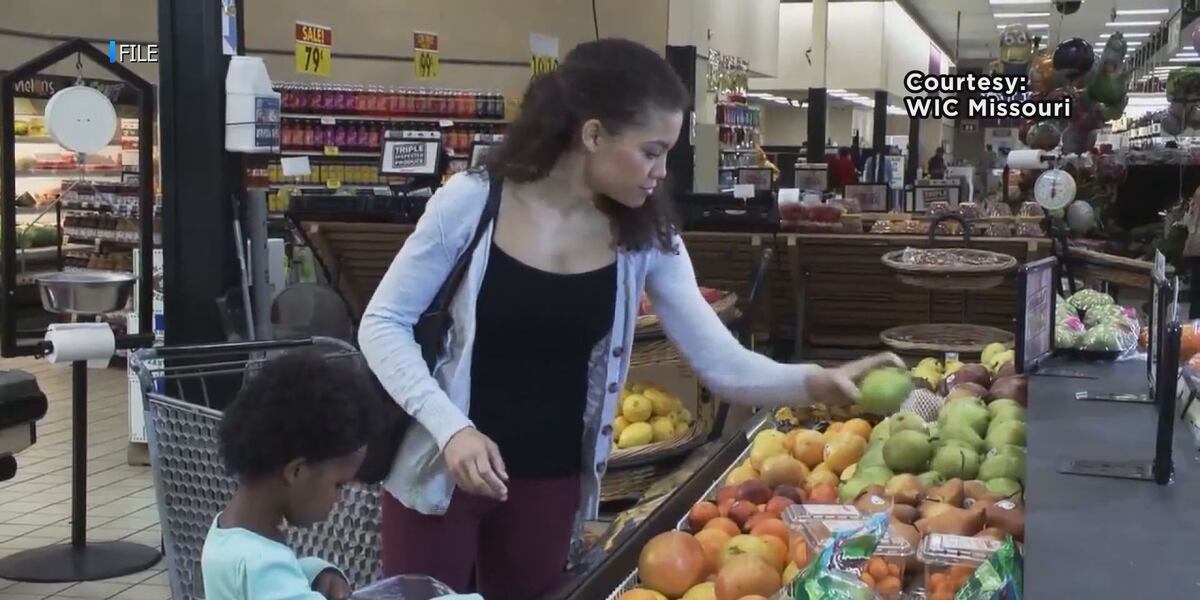Affordable Drones Offer Hope for Community Forest Restoration & Securing Funding in the Philippines

Empowering Filipino Communities: Drones Revolutionize Forest Restoration and Carbon Financing
The Philippines, known for its rich biodiversity and vital forests, faces ongoing challenges in restoration efforts and accessing much-needed funding. Community-led initiatives are crucial for long-term sustainability, but often struggle to meet the rigorous measurement requirements needed to secure carbon credits and nature payments from government bodies and international organizations. Traditional methods of assessing forest health and carbon sequestration are expensive, time-consuming, and often beyond the reach of these local groups.
However, a new wave of accessible and affordable drone technology is offering a game-changing solution. These unmanned aerial vehicles (UAVs), equipped with advanced sensors and cameras, provide a cost-effective way to gather high-resolution data on forest cover, tree health, biomass, and carbon stocks. This data is essential for accurately quantifying the positive impact of restoration projects and demonstrating their value to potential funders.
How Drones are Making a Difference
Here's how drone technology is empowering Filipino communities involved in forest restoration:
- Rapid Data Collection: Drones can survey large areas in a fraction of the time compared to traditional ground-based methods.
- High-Resolution Imagery: Detailed images and 3D models allow for precise monitoring of forest growth, identifying areas needing intervention, and tracking progress over time.
- Cost-Effectiveness: The initial investment in a drone and associated equipment is significantly lower than the ongoing costs of hiring survey teams and using satellite imagery.
- Carbon Stock Assessment: Specialized sensors can measure tree height, diameter, and other parameters to estimate carbon storage, which is vital for carbon credit schemes.
- Community Empowerment: Training local community members to operate and maintain drones fosters local expertise and creates employment opportunities.
Unlocking Carbon Finance and Nature Payments
The ability to accurately measure and document restoration outcomes is key to accessing carbon finance and nature payments. These payments, driven by increasing global awareness of climate change and biodiversity loss, provide a sustainable funding stream for community-led conservation efforts. By using drone data, community organizations can:
- Meet Verification Standards: Provide robust evidence to meet the stringent requirements of carbon credit certification programs.
- Attract Investment: Demonstrate the effectiveness of their restoration projects to potential investors and donors.
- Negotiate Fair Payments: Have a strong basis for negotiating fair prices for their carbon credits and ecosystem services.
Looking Ahead: Scaling Up Drone-Based Restoration
While the potential of drone technology is clear, scaling up its adoption requires addressing several challenges. These include ensuring access to training and technical support for local communities, developing standardized data protocols, and establishing clear regulatory frameworks for drone operations. However, with continued support from government agencies, NGOs, and the private sector, drone technology can play a pivotal role in revitalizing Philippine forests and empowering communities to build a more sustainable future. The combination of affordable technology and local knowledge represents a powerful force for positive change.






